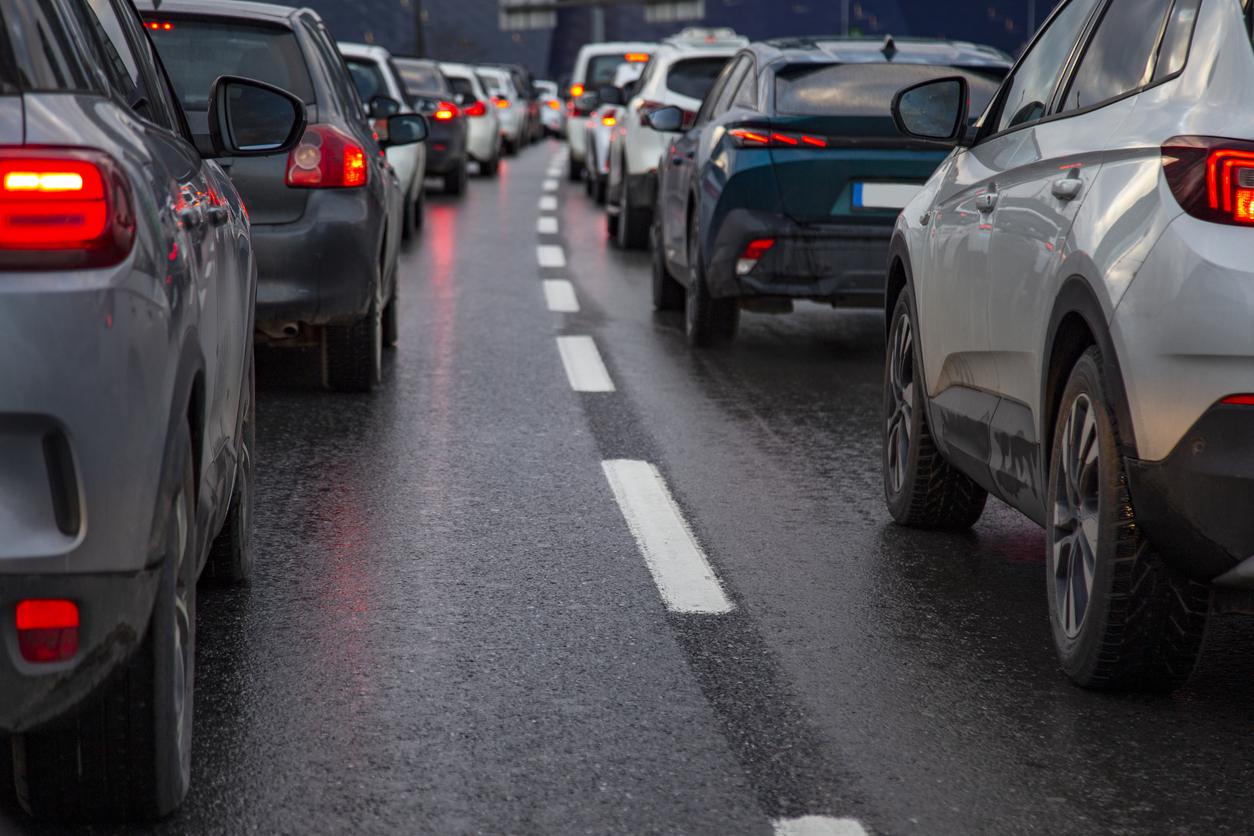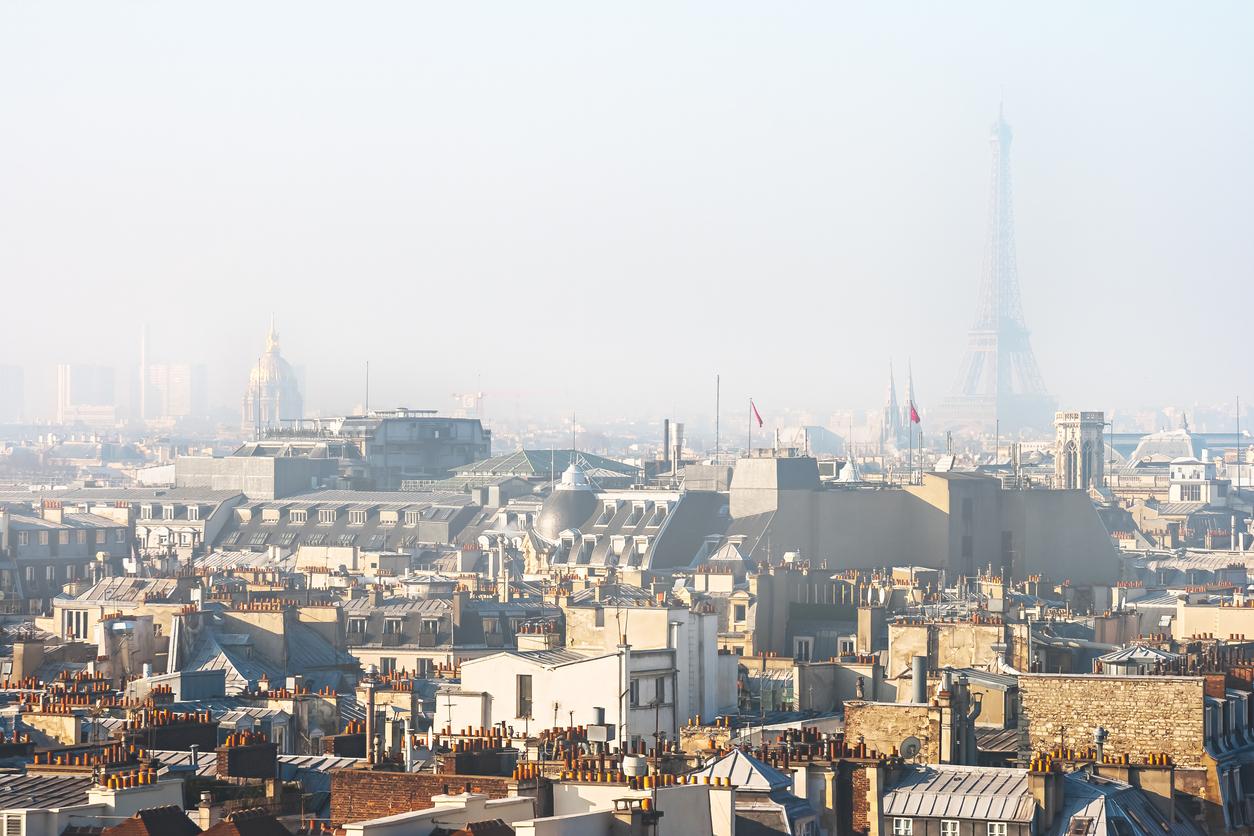According to an INSEE study, public transport strikes in large cities lead to an increase in air pollution and, by extension, an increase in emergency room admissions for respiratory pathologies.

Today, air pollution is a global problem. According to the World Health Organization (WHO), nine out of ten people in the world breathe polluted air. Every year, an estimated 1.3 million people – more than half in developing countries – die from air pollution in cities, the main areas affected by air pollution. France is not spared by air pollution. The WHO thus estimates that in the largest French urban areas, the exposure thresholds beyond which pollution is considered harmful are very often exceeded.
Air pollution resulting from car traffic is particularly singled out because it can have very short-term harmful consequences on the health of the inhabitants. This is what brings to light a new INSEE study made public Monday, May 27. It was particularly interested in the cause and effect link between pollution from car traffic on days of public transport strikes and admissions to the emergency room for certain respiratory pathologies.
The result is edifying: the day when public transport is not running and the following two days, the levels of carbon monoxide concentration in the atmosphere are much higher than usual.
An increase in air pollution
To arrive at this observation, INSEE researchers measured the concentration levels of carbon monoxide in the air during 91 days of social movements between 2010 and 2015 in the ten largest French urban areas: Paris, Lyon, Marseilles, Toulouse, Bordeaux, Lille, Nice, Nantes, Strasbourg and Rennes.
The objective: to measure whether public transport strikes have an impact on air pollution. Indeed, many workers take their car to go to work on these days of social unrest when neither trains, nor buses, nor trams run, which lengthens journey times by 7% on average.
The authors of the study also noted that on strike days, the number of vehicles recorded by the main counting stations on the immediate outskirts of urban areas is greater during the morning traffic peak (from 6 a.m. to 9 a.m.) than ‘another day.
This necessarily has consequences for air quality in large cities: on the day of the strike and the following two days, the level of concentration of several pollutants is significantly higher than on a “standard” day, notes INSEE . In detail, the concentration of carbon monoxide (CO) is significantly higher on a strike day (+ 30 µg/m³, or 10% more than on another day). Just like the concentration of fine particles of less than 2.5 micrometers (PM2.5): on average 10% to 13% more on the day of the strike and the two following days than a “normal” day.
More acute upper respiratory illnesses
Result: while air pollution increases, emergency room visits for respiratory pathologies intensify. In the hospitals of the urban areas studied, the researchers found that emergency room admissions for acute upper respiratory tract conditions (pharyngitis, laryngitis, etc.) were significantly higher on the day of the strike: + 0.3 admissions per million inhabitants, compared to an average level of 0.8 admissions per million inhabitants on a “standard” day.
The next day, emergency room admissions for breathing abnormalities were more numerous than usual: + 0.2 admissions per million inhabitants. On the other hand, they noticed that the respiratory pathologies taken as a whole do not seem to be significantly affected on the day of the strike and the following ones. According to them, this could be explained by a side effect generated by the strike, which, unlike air pollution, reduces admissions to the emergency room for certain respiratory pathologies of viral origin.
Another fact to note: admissions to the emergency room for flu, pneumonia and gastroenteritis also decreased in the days following the transport strike. According to the researchers, this is because the strike leads to a reduction in the use of public transport, and therefore in contact between individuals. Viral diseases therefore spread less rapidly than usual.

.

















